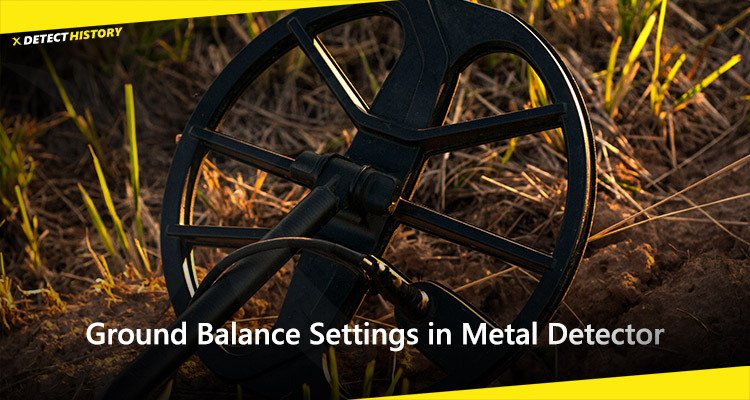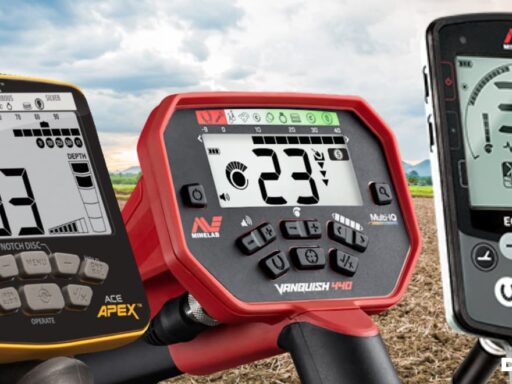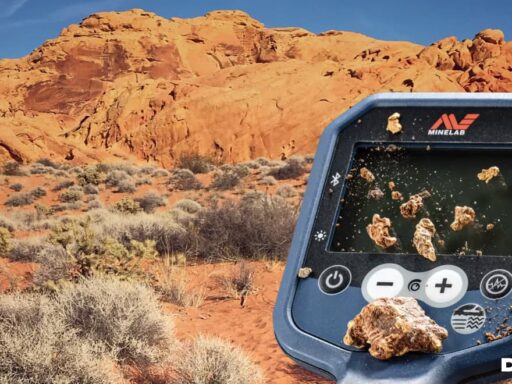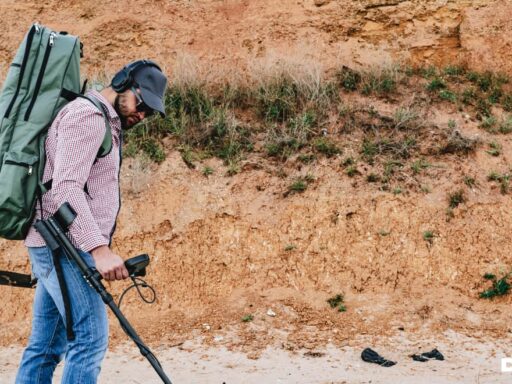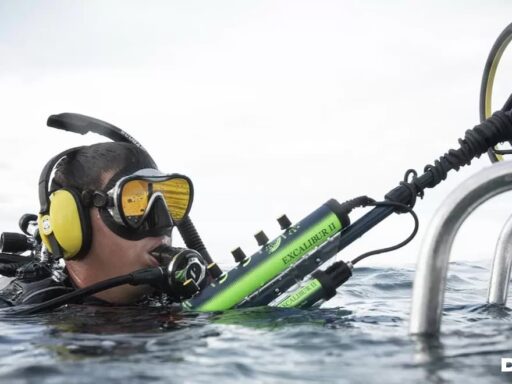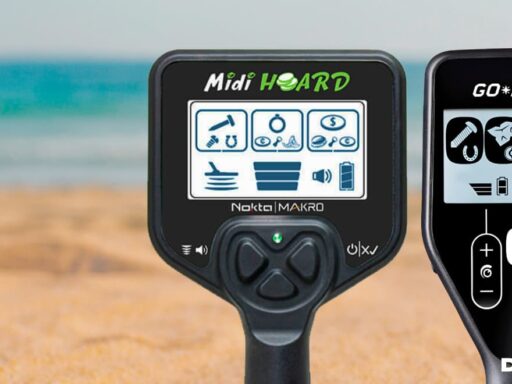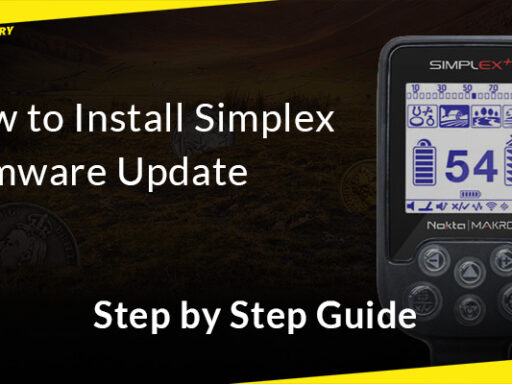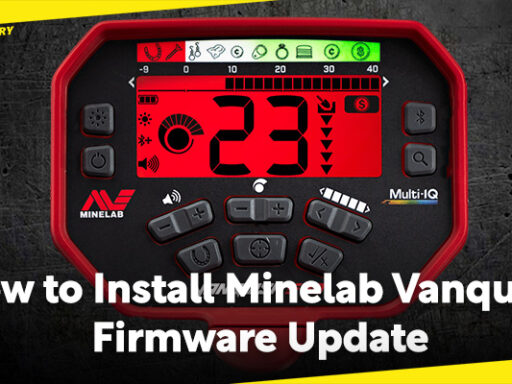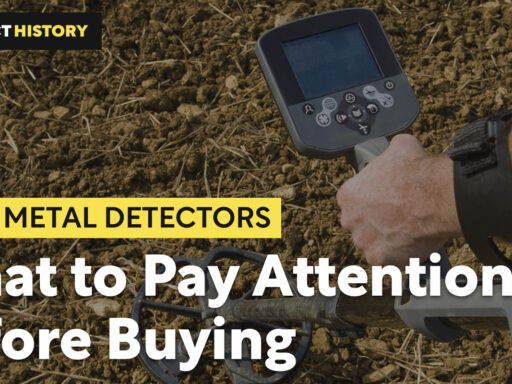Paying attention to soil analysis and assessing it reasonably makes sense for a successful search since there are no perfectly clean and homogeneous soils, and every additional element or mineral influence the quality of metal detector signals. Soils high in mineral salts increase the soil conductivity, soils high in magnet elements cause noise during scanning, while stones and ferrous objects in soils cause fake signals. Moreover, even wet or dry soil cause different signals, even on the same location. As a result, if the treasure hunter ignores ground balance part, all these factors interfere with the search.
Four Ground Balance Options
Roughly speaking, there are four general options for ground balance, that depend mostly on the level and quality of the device.
Budget-Friendly Models
The majority of entry-level metal detectors, even very affordable ones, already have the function of automatic ground balance. This function turns on when the device is switched on, and the user cannot change this feature on their own, manually. The reaction of such machines are average, and the user has to simply apply what they have. This is very convenient for noobs, because there is no need in learning more about advanced settings (and ground mineralization is not an easy thing to comprehend). However, with time, beginners understand that automatic ground-balance is not enough for real productivity, and start feeling the need in more advanced settings.
Middle Level Detectors
This range of machines is usually equipped with automatic ground-balance feature that has to be tuned after the device was switched on, and before starting the search. To tune this setting, the detectorist has to find a clean patch of soil and make sure there are no stones and trash on it. Then, one has to turn on the detector, and set the ground-balance feature, while moving the search coil to and from the ground, within the distance of 10 inches. The metal detector spots the difference between zero metallization and actual soil mineralization, and tune the feature properly. After the process is completed, the device has to give a signal about that.
Professional-Level Detectors
Manual ground balance is available in professional metal detectors, that allow a more sensitive tuning of this setting. More often than not, users apply manual balance to correct the data acquired with the help of automatic balance; this approach enables the user to set the optimal sensitivity for a particular type of soil. Manual ground-balance is created for thorough search on small patches of locations, or for locations where soil contains lots of small metal trash. To identify the level of soil metallization manually, one has to move the search coil up and down to the earth, tuning the feature until no signal is given.
Advanced Option
Automatic Tracking Ground Balance is a setting available in some advanced models of metal detectors. This feature enables the seeker to track the level of metallization immediately during the search, in real time. The device tunes itself according to the level of mineralization, and the detectorists does not even bother with this aspect anymore. Some machines notice chances in ground metallization and can inform the user that manual balance may potentially be needed.
Conclusion
Ground balance is something that few beginners comprehend, but this aspect plays crucial role in successful search. Mastering ground balance should begin with automatic feature, and then with time, the user will learn the feature in more detail.

